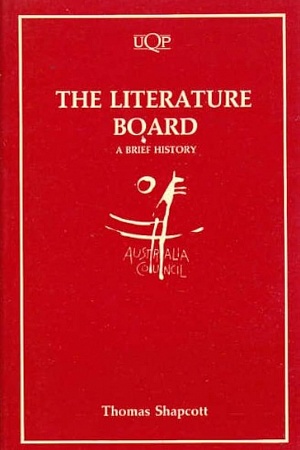Extravagant Inventions: The Princely Furniture of the Roentgens
Yale University Press (Inbooks), $99.95 hb, 303 pp, 9780300185027
At a single touch
Anyone who has seen one of Röntgen’s ingenious writing desks, where at a single touch many springs and hinges come into motion, so that the writing surface and implements, pigeon holes for letters and money appear simultaneously, or in quick succession … can imagine how that palace unfolded, into which my sweet companion now drew me.
– Goethe, Wilhelm Meister’s Journeyman Years, 1821
Such was the esteem of the Roentgens – father Abraham and son David – that fourteen years after David’s death in 1807, Goethe, whose father owned Roentgen furniture, knew that his readers would appreciate the metaphor. Probably not since the Great bed of Ware, c.1590 – referred to by Sir Toby Belch and in Ben Jonson’s Epicœne – had furniture such a famous literary champion. The Roentgens were not just ordinary cabinetmakers. Indeed, they were among the most celebrated European furniture makers of the second half of the eighteenth century. Abraham’s works in the late baroque and rococo styles are at the pinnacle of sophistication and complexity. David championed neoclassicism, held his own against Paris, becoming ébéniste-mécanicien to the king and queen, and astonishing the Parisian craftsmen with his work. The editor of a Parisian journal in 1779, in describing a Roentgen desk purchased by Louis XVI, wrote that ‘neither the screws nor the plugs are visible … The piece as a whole is fashioned with the greatest care & with a precision & accuracy that are truly astonishing.’ At its height, the business matched the Meissen porcelain factory in income and claimed clients as illustrious as Louis XVI and Marie Antoinette, Frederick the Great, and Catherine the Great, plus the grandest of the aristocracy across northern Europe, from St Petersburg nobility to the Duke of Devonshire at Chatsworth in Derbyshire. Marie Antoinette was even presented with a Roentgen automaton doll of herself playing the dulcimer.
Continue reading for only $10 per month. Subscribe and gain full access to Australian Book Review. Already a subscriber? Sign in. If you need assistance, feel free to contact us.











Leave a comment
If you are an ABR subscriber, you will need to sign in to post a comment.
If you have forgotten your sign in details, or if you receive an error message when trying to submit your comment, please email your comment (and the name of the article to which it relates) to ABR Comments. We will review your comment and, subject to approval, we will post it under your name.
Please note that all comments must be approved by ABR and comply with our Terms & Conditions.